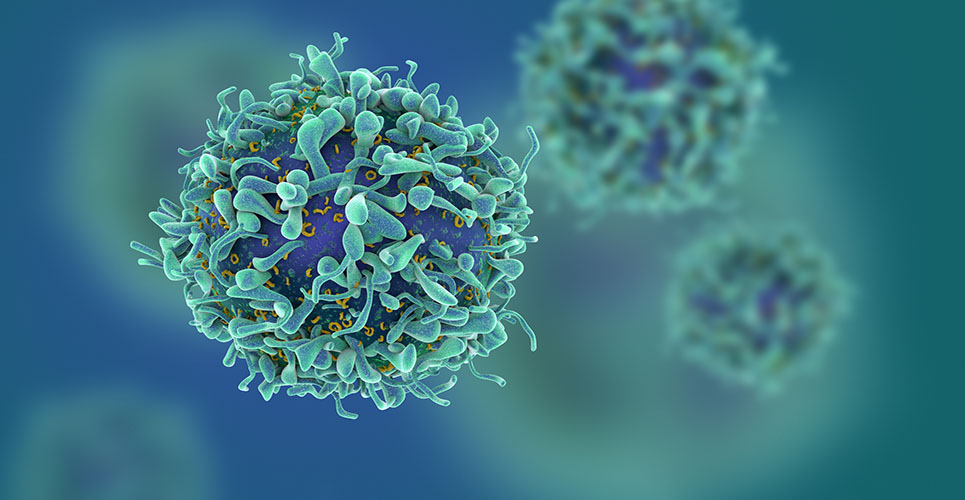teaser
Doctors battling the hospital superbug MRSA could have a new light-activated drug to add to their arsenal.
MRSA can live harmlessly outside the body with no harmful effects unless it gets under the skin. If MRSA gets into the bloodstream it can cause serious infections, including pneumonia, septicaemia, or osteomyelitis.
Doctors do not apply antibiotics directly to MRSA-infected wounds as they fail to penetrate deep enough to have an effect. They have also been known to irritate the surrounding skin, slowing wound healing.

A study from Queen’s University, in Belfast, is looking into a treatment involving the delivery of a drug known as a photosensitiser to infected wounds and activating it using a special type of light. This triggers the drug, which goes on to kill the MRSA. The concept is known as photodynamic antimicrobial chemotherapy (PACT).
Lead researcher Corona Cassidy told the British Pharmaceutical Conference (BPC) in Manchester: “PACT is an exciting potential treatment of MRSA-infected wounds. More laboratory work must be carried out to optimise our treatment conditions to ensure that all exposed bacteria are killed.”
Copyright PA Business 2008

